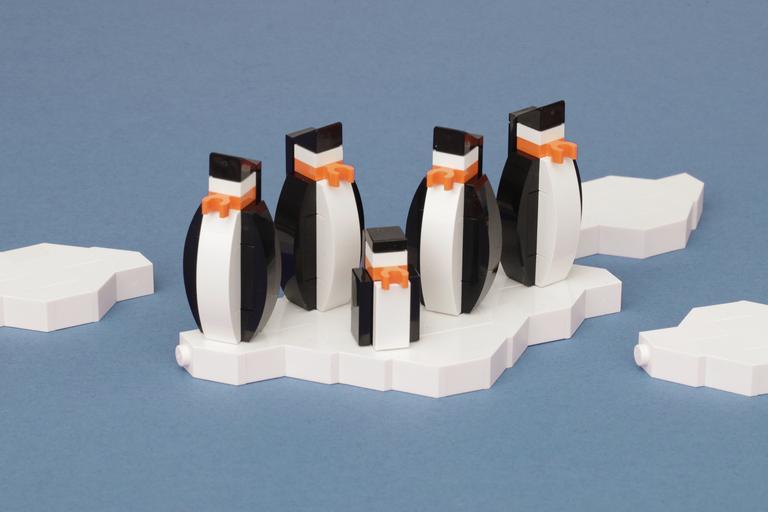Sam “King of the Hilltop”
When you design a game, one of the secrets to making a great game is playtesting, playtesting, and more playtesting. Your first few playtests will usually consist of just you. Some people are lucky in that they have siblings or close friends who are board gamers who are willing to play their games. Remember, the key word there is willing! Please don’t coerce people into playing your first prototypes; they will likely not enjoy the process and won’t give any feedback or worse, bad feedback.
What I call your first official playtest is when you take your game out into the wild and have a group of people play your game. They can be friends, family, acquaintances, or even people that just don’t know that your friends yet! This is the start of your game litmus test that is not looking for a completely done game, but a game that can function and provide a bit of fun.
My first official playtest for B.A. Games’ current project was with a group of friends who have been very supportive. They dealt with the awkwardness that was my prototype and managed to look past it. We ended up playing my protoype 3 times that night and the feedback was invaluable. From that experience, and many others like it, I can say there are a few things I wish I would have thought about so it wasn’t so hard to get past the awkwardness of the prototype and jump right into the feedback of the game.
1) Try to make the game as legible and easy to understand as possible. Even from the beginning of the game design process, try to consider how people are visually interacting with the game. My early prototypes sucked really bad, and it was a detriment to the playtest process because people had a hard time acquiring and processing the information they needed to play.
Example: B.A. Games’ current game project uses custom dice with symbols instead of numbers; however, I didn’t start playtesting that way. I used pipped dice, a conversion card, and a symbol card as seen in Exhibit A. A person’s turn would go as follows: roll the dice, convert the numbers into symbols, interpret the symbols, decide if they wanted those symbols, repeat up to 3 times, then assign those symbols to do certain things in the game depending on their goal. This is TERRIBLE! DO NOT do this to playtesters!

Later playtests used Exhibit B. I added stickers to cover the pips on the dice, then closely matched the symbols on the stickers to the symbol card. People didn’t have to convert numbers to symbols or any tedious book keeping and the feedback from the play tests was so much better. Not only for the game being “better” but more feedback was focused on the gameplay instead of what do these numbers mean! Yay! It didn’t suck anymore!
2) If using cards in the prototype, try to sleeve the paper cut-outs and put cards behind them. This will give the feel to the playtesters that they are playing a real game. The more you can help the playtesters feel comfortable with the game, the more their feedback will focus on the game itself and not on all of the periphery information like, “Is this supposed to be a card? Is this a card for my hand or is it supposed to be on the board? Where does this thing go? It keeps flying around the table every time I breathe.” (Thank you Rachael Blaske from Five24 Labs for that tip and explaining why!)
3) Try to use pieces with weight. Paper is good and all and it can be good for self-testing but once you start getting the prototype into a playtest situation with other people, not having pieces sliding around everywhere is important. Again, it helps the player better able to focus on the gameplay and not where the pieces are going and whether or not a piece should be there or not.
These 3 tips mean that before your first official playtest you are going to need to put some thought into how the game looks and how easy it is to interpret information. A bit of work will be needed into making your prototype playable for other people.
So, to modify what I said earlier, one of the secrets to making a great game is playtesting, playtesting, and more playtesting with an accessible prototype.
If you have a chance, check out Five24 Labs. Rachael and her company have always been very helpful and do excellent work with their own games.
https://five24labs.com/ or on Facebook https://www.facebook.com/Five24Labs/

Too Many Penguins, Not Enough Ice
Ed “The Duke of BAzlandia”
What is the first playtest? I consider the first playtest to be when you take this game that you have designed, created components for it, and then bring it to be played by a group of people who are not me, myself, and I. This is really where the rubber starts meeting the road in game design. Before this you have ideas of how things should happen, how they will function, and what people will do with the mechanics of the game. The problem is people don’t know how you want the game to be played. Maintaining unbiased play is important to getting feedback that is not contaminated with how you designed the game to play or your bias to how it should be played. You need clean unadulterated feedback on what your game plays like and the interactions it causes.
Another thing that is important as my brother mentions is the amount of brain bites or number of penguins on the tiny iceberg in your head occupied with the “prototypeness” of your game and how many are actually being utilized by the game itself. WE learned the hard way… it was rough and not fun due to my lack of penguins what many consider to be my rather tiny iceberg. (Shout out to Hey, That’s My Fish!. Can’t be helped when talking about penguins and icebergs.)
It is also worth mentioning that if you have an opportunity of choosing who will be playtesting your game initially, I would do so. When picking your first playtesters, find people who will be fair and completely honest. Don’t playtest someone who thinks you can do no wrong or is not willing to say to your face, “I think you suck.” Also be aware that some people don’t like certain types of games and there is nothing wrong with having them be your first playtesters but it is important that they be fair even if they don’t like the mechanics your game uses or the type of game you are trying to create. Save the game type haters for later playtests to really see if your game possibly appeals to people who normally don’t like that type of game. You will also get better initial feedback for your intended target market. Another tip, keep in mind your audience and how objective they are based on feedback. Is the feedback useful or productive? “You might want to try X or I liked Y but dislike the interaction with X and Z.” This is good feedback, even if you decide not to completely use it. However, if the feedback is, “This game sucks. No one will ever make a good game in this genre,” etc., not only is it not constructive but completely unhelpful.
Good objective feedback is important and hard to come by. Find it, use it, and importantly give it. In the end though it’s your game; take the information in, record it, mull it over, but have an idea of what your game is, feels, and should do. In conclusion, I will leave you with what Gruff always tells me:
WHEN IN DOUBT, GO WITH THE GUT.
If you enjoy our blog or would like to receive to a monthly updates on B.A. games Hit Subscribe.
